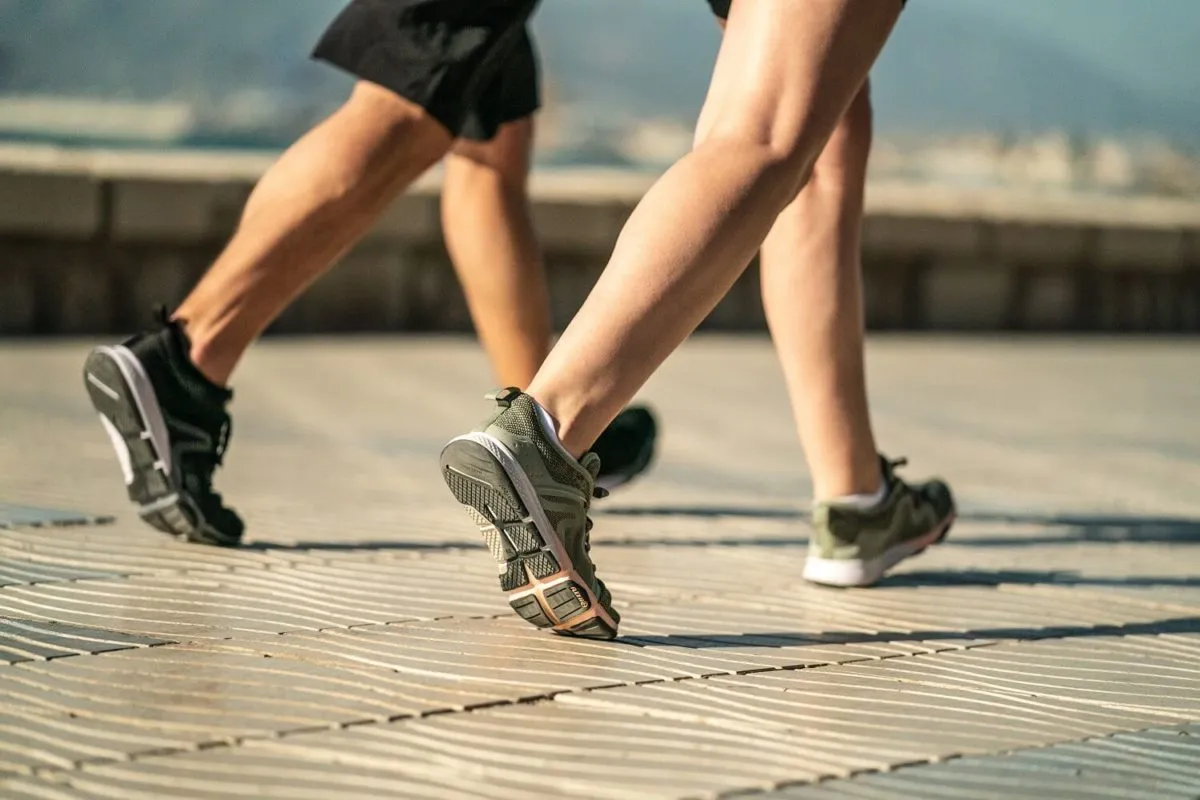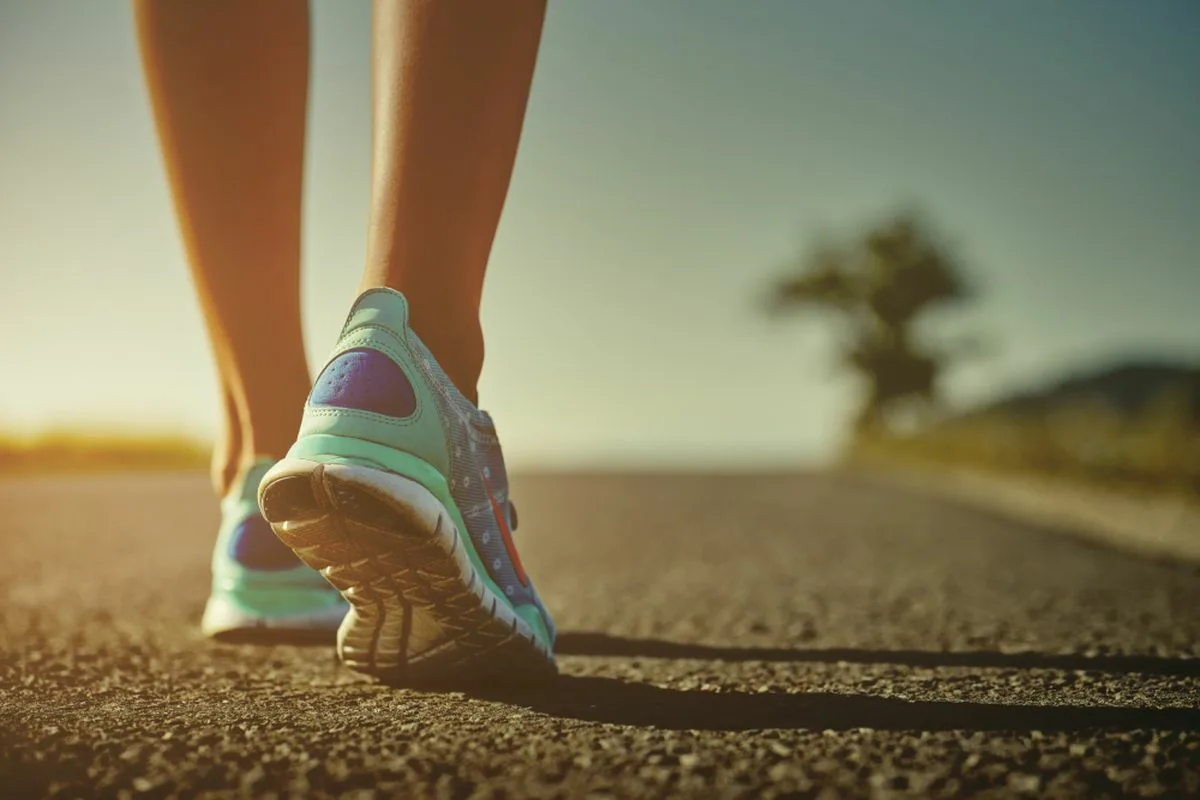Walking backwards not only adds variety to your routine, but also activates underused muscles, improves balance and protects your knees. Experts say this simple habit can build strength and reduce the risk of injury.
Here’s an easy way to revamp your exercise routine: try walking backwards. Brisk walking is one of the simplest and most complete physical activities. It improves cardiovascular health, strengthens bones and muscles, and helps reduce stress. However, as with any other exercise, it can become repetitive or monotonous over time.
Walking backwards, also known as ‘reverse walking,’ adds variety and challenges the body in a different way. Not only does it offer a new perspective, but it also activates muscles that are not normally worked when walking forwards.
Janet Dufek, a biomechanics professor at the University of Nevada, Las Vegas, has researched the mechanics of both walking and landing jumps to identify ways to prevent injuries and improve physical performance.
As a former college basketball player and exercise enthusiast, she has also practised walking backwards. She explains that this can improve hamstring flexibility, strengthen underused muscles and challenge mental coordination as the body adapts to a new movement and posture.
‘I see a lot of people in my neighbourhood walking, and that’s fine,’ she says. ‘But they’re still stressing the same elements of their structure over and over again. Walking backwards introduces an element of cross-training, a subtly different activity.’
On the treadmill
Kevin Patterson, a personal trainer in Nashville, Tennessee, recommends the treadmill as the safest environment for practising backward walking. He suggests starting at a low speed. However, he prefers to turn off the treadmill and have his clients propel the belt with their own steps.
‘It may take a while to get the treadmill going, but from there we have them propel the belt,’ he explains. Patterson uses this type of walking with all his clients, either as an ‘extra exercise’, i.e. a complementary movement to work specific muscles, or as part of the warm-up. ‘The treadmill is ideal for older clients because it has side handles and reduces the risk of falls,’ he adds.
Off the treadmill
Dufek recommends starting by incorporating one minute of backward walking into a ten-minute walk, and gradually increasing the time and distance as you feel more confident.
Another option is to do it with a partner: two people facing each other, perhaps holding hands. One walks backwards and the other forwards, watching out for any obstacles or imbalances. Then they switch roles.
‘At first, you start very, very slowly because you have to adjust your balance and retrain your brain. You’re learning a new skill,’ explains Dufek. ‘You’re using your muscles in different ways.’ If you’re feeling more ambitious, there are even 42.2-kilometre backward walking marathons. And yes, there are people who have completed them.

Effective cross-training
Dufek classifies backward walking as a form of cross-training, i.e. a technique that combines different types of movement to improve physical fitness and prevent overload injuries.
For many people, cross-training means alternating activities: running one day, swimming another and dedicating a day to strength training. In this case, the variation is not about changing exercises, but slightly modifying how you do them.
Dufek, a former runner, recalls that she used several pairs of trainers and never wore the same pair two days in a row. ‘The trainers had a different level of wear and tear, a different design. Simply changing that one element, in this case the footwear, would put slightly different stress on the system,’ she says.
Rehabilitation and injury prevention
Physiotherapists also recommend walking backwards as part of rehabilitation after knee injuries or surgery. ‘Walking backwards is very different from walking forwards in terms of strength and movement pattern,’ explains Dufek.
Instead of putting your heel down first, ‘you strike with the front of your foot first, often quite softly, and often your heel doesn’t even touch the ground.’ This reduces the range of motion of the knee and allows it to be exercised without overloading it.
In addition, this practice stretches the hamstrings, located at the back of the thigh, and could improve balance in older people by activating more of the body’s senses.
A natural technique for athletes
Far from being a strange movement, walking or running backwards is a common skill among elite athletes. Basketball, football and American football players use this technique constantly during training and matches.
‘I played basketball and probably spent 40% of my time playing defence and running backwards,’ says Dufek.




